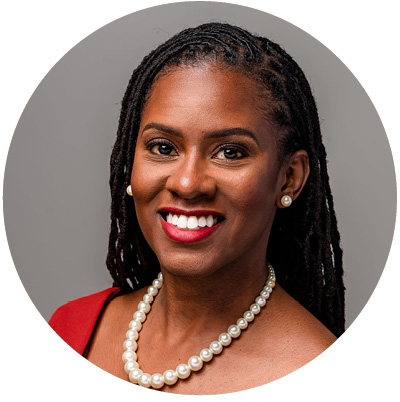Better Sex for a Better Life

ILLUSTRATION NEIL WEBB
“Many people worry about being judged, either for being perceived as too sexual or not sexual enough,” she says. “A major focus of my work is to normalize talking and learning about sex to improve sexual functioning across the adult life span.”
Hargons, Rollins associate professor in behavioral, social, and health education psychology, is the author of Good Sex: Stories, Science, and Strategies for Sexual Liberation and leads the SMASHER Lab—the Study of Mental and Sexual Health Equity in Relationships laboratory.
Good sex can improve overall quality of life, reduce relationship distress, and boost mood and sleep, she says. But, she adds, sexual dysfunction and concerns about sexual intimacy are “incredibly common.” For example, erectile dysfunction can affect up to 80 percent of men at some point in their lives, while sexual concerns impact 40 to 50 percent of women.
Hargons’ focus is on ensuring that everyone has access to the knowledge and skills relevant for “the good sex ’seasonings’ of passion, pleasure, intimacy, and communication.”
Passion can wane over time. “As life gets more intertwined and partners become very familiar with each other, they can feel less and less compelled to connect sexually,” Hargons says.
Intimacy takes many forms including physical, sexual, emotional, social, intellectual, financial, and spiritual. “Intimacy is the feeling of closeness—or being known and seen for who you truly are—which helps build trust and the ability to be vulnerable.”
Improving a sexual relationship often comes down to communication—the way we let our partners know what we want and do not want. The verbal and nonverbal ways we communicate with each other about sex, she says, require both expressive (talking) and receptive (listening) skills, as well as the ability to address each person’s fears.
“Begin by identifying what you like and don’t like sexually,” Hargons said.

Candice Hargons, associate professor in behavioral, social, and health education in Rollins School of Public Health
“You can share this list with your partner, but even if you aren’t ready to do that, you will have enhanced your sexual self-awareness and are better positioned to ask your sexual partner for what you want.”
Email the Editor









